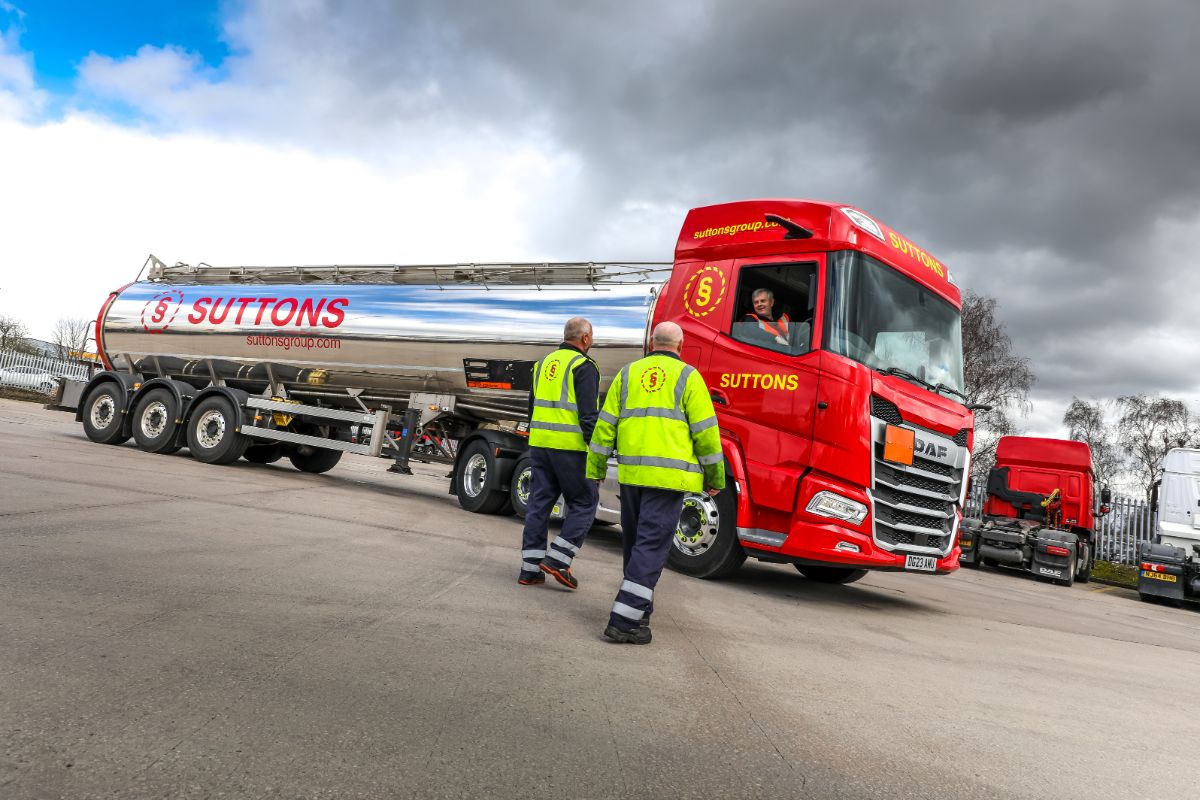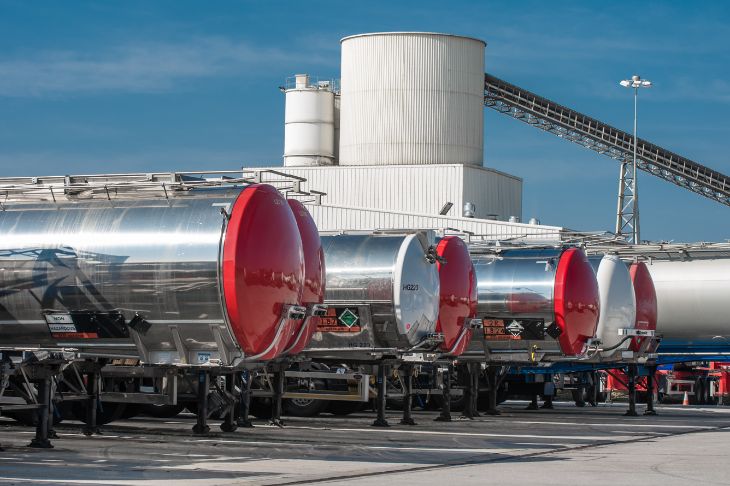Dangerous goods get transported over the world daily, which always leaves an opportunity for accidents to occur in the road tanker logistics industry. Some of these dangerous goods are harmful to humans and other life, but they can also be harmful to the environment.
Due to the risks involved with transporting dangerous goods, there needs to be rules and frameworks to reduce potential spillages and leakages. That is why the ADR regulations were created. In this article, we will dive deeper into the ADR regulations and why they are important if you transport dangerous goods.

What are the ADR regulations?
ADR regulations refer to the “European Agreement concerning the International Carriage of Dangerous Goods by Road”, commonly known as ADR. It is a multilateral treaty that governs the transport of hazardous materials (dangerous goods) by road in Europe.
The ADR regulations provide a framework for ensuring the safe and secure transportation of such goods to protect human health, the environment, and property. It’s important to note that ADR is specific to road transportation of dangerous goods within European countries that have ratified the agreement.
What is covered in the ADR regulations
Annex A: General provisions and provisions concerning dangerous articles and substances
- Part 1 – General provisions.
- Part 2 – Classification.
- Part 3 – Dangerous goods list, special provisions and exemptions related to limited and excepted quantities.
- Part 4 – Packing and tank provisions.
- Part 5 – Consignment procedures.
- Part 6 – Requirements for the construction and testing of packaging, intermediate bulk containers (IBCs), large packaging, tanks and bulk containers.
- Part 7 – Provisions concerning the conditions of carriage, loading, unloading and handling.
Annex B: Provisions concerning transport equipment and transport operations.
- Part 8 – Requirements for vehicle crews, equipment, operation and documentation.
- Part 9 – Requirements concerning the construction and approval of vehicles.
What are the key aspects of the ADR regulations?
Key aspects of the ADR regulations include:
Classification of Dangerous Goods
ADR provides a classification system for categorising dangerous goods based on their inherent hazards. The classification helps determine appropriate packaging, labelling, and handling procedures.
Packaging and Labelling
ADR specifies requirements for the packaging, marking, labelling, and placarding of containers carrying dangerous goods. That ensures that proper information is conveyed to emergency responders, transport personnel, and others who may come into contact with the goods. Check out our guide on UN numbers for the safe transport of your dangerous goods.
Vehicle Requirements
The regulations outline safety measures for vehicles transporting dangerous goods, including construction, equipment, and documentation.
Documentation
Proper documentation, such as shipping papers and transport documents, is essential for the legal and safe transport of dangerous goods.
Driver Training
ADR requires that drivers transporting hazardous materials receive appropriate training to understand the risks associated with these materials and how to handle them safely during transportation.
Emergency Response
ADR regulations establish guidelines for handling emergencies involving hazardous materials during transportation, including procedures for containment, cleanup, and reporting.
Enforcement
National authorities of the signatory countries are responsible for enforcing the ADR regulations within their territories.

Can you drive a tanker without ADR?
No. In the UK and Europe, you must hold an ADR licence if you’re driving a vehicle holding dangerous goods.
How do you become a qualified dangerous goods (ADR) driver?
There are a set of exams that you need to pass to acquire an ADR driver card. There are several training providers in the UK which can help you study and pass the ADR exam. The qualification only lasts 5 years, which means you will be required to take a training refresher course and pass the required exam modules to stay qualified.
What are the minimum PPE requirements for ADR drivers?
Under ADR law, there are only a select few PPE items that are required to be carried in or on the vehicle.
These include:
- Protective eyewear.
- Warning vest.
- Protective gloves.
- Emergency escape mask – only if a toxic product is being carried.
It’s important to note that the emergency escape mask must meet ABEK1(or2)P3 regulations. There will be a need for more driver specific PPE depending on the product(s) carried.

Are there any penalties for not following ADR regulations?
The enforcement of the ADR regime involves the participation of three agencies:
- The Health and Safety Executive (HSE).
- The Police.
- The Driver and Vehicle Standards Agency (DVSA – previously known as VOSA).
While roadside inspections are typically carried out by the police and DVSA, the responsibility for inspecting premises is primarily under the jurisdiction of the HSE. Operators who violate the ADR regulations may face not only criminal prosecution in Magistrates’ Court or before the Crown Court but also anticipate being summoned to a Public Inquiry by the Traffic Commissioner.
Schenk UK – ADR-approved HGV drivers
As you can see, it is vitally important that regulations such as ADR for dangerous goods are followed and implemented. The transportation and carriage of dangerous goods can be difficult to manoeuvre at the best of times. At Schenk UK, we have a fleet of specialised tankers that are equipped with the latest technology to transport dangerous goods safely and efficiently.